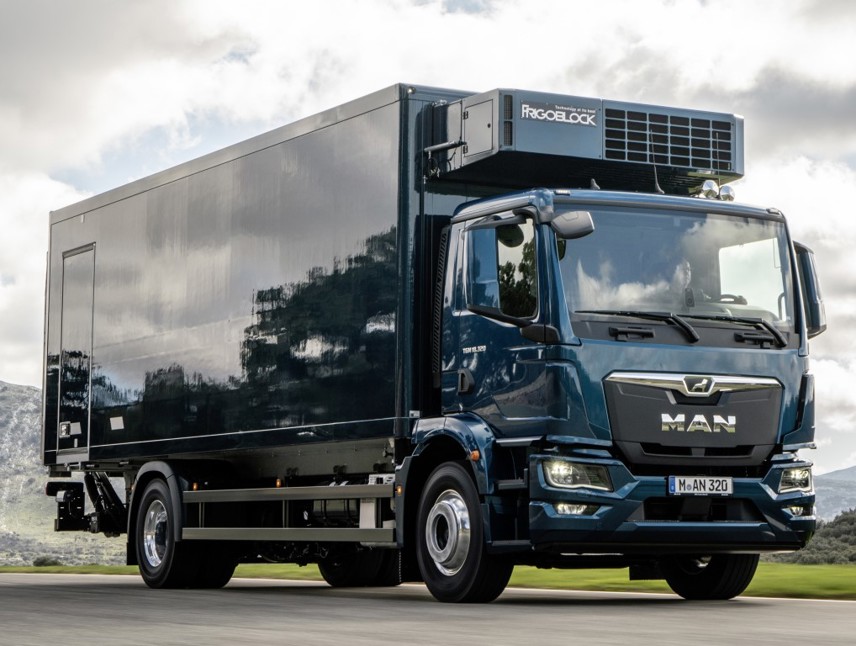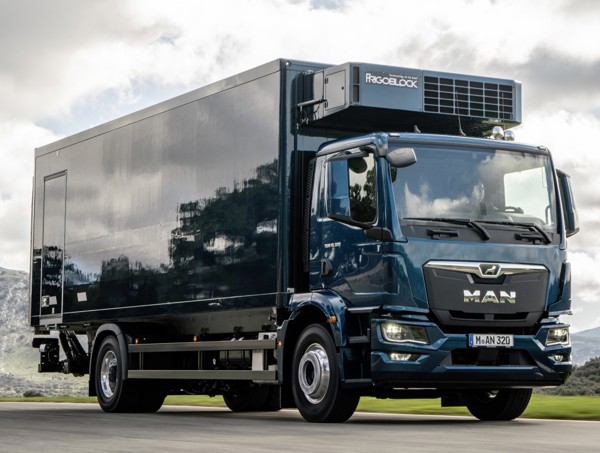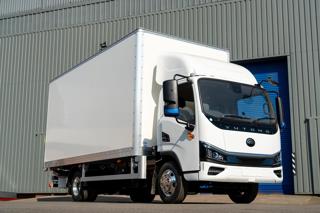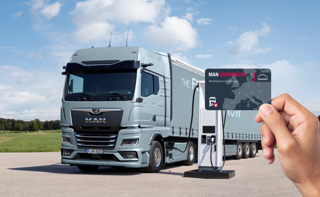Review
MAN Trucks has always figured significantly in the heavy truck world of tractor units and its reputation, certainly in the UK, is often judged by its performance in this flagship sector.
Having said that, last year total market registrations of rigid trucks were up by 10.6%, driven by a 14.7% increase in the six-to-16-tonne gross vehicle weight (GVW) segment and an 8.4% rise in demand for trucks above 16 tonnes GVW.
So, while the tractor sector is still the greater by volume, a significant number of UK operators are still buying, and increasingly buying, the two-axle rigid chassis due to its versatility and manoeuvrability as well as beneficial lower overall operating costs.
One of MAN Trucks’ top offerings in this sector is the TGM range, which comes in a variety of models and axle combinations as well as GVWs.
The range encompasses both two- and three-axle rigids spanning a 4x4 version at 13 tonnes GVW to a three-axle 26 tonnes GVW. One of the most popular models is the 18 tonnes two-axle rigid which caters for the heavy distribution sector, although there is also a 4x4 version for specialist applications.
When it comes to driveline options the TGM has three power ratings all derived from the D0836 6.9-litre Euro VI engine, starting with the 253PS and 1,050Nm of torque flatlining between 1,200rpm and 1,600rpm. The middle power is 294PS with 1150Nm of torque between 1,200rpm and 1,700rpm and topping the range is the 324PS with 1250Nm of torque again delivered between 1,200-1,700rpm.
All the engine ratings have a single plate 395mm diameter clutch and are matched to the familiar MAN TipMatic 12-speed automated gearbox which features a 0.81 overdrive on the 12 gear.
Dependent upon the model chosen, there can be up to eight wheelbases available, from a tipper-style 4,425mm to the distribution-style 6,975mm. These translate into recommended body lengths ranging from 5,388mm (around 17ft 8 in) to 9,196mm (around 30ft) with the maximum body length going up to just over 32ft.
The maximum GVW for this two-axle diesel is 18 tonnes and the drop beam front axle sits under parabolic springs as well as stabilisers and shock absorbers, providing a standard rating of 7.1 tonnes with a 7.5 tonnes option.
The hypoid single reduction rear axle sits on a four-bellow air suspension system with shock absorbers and stabilisers rated at 11.5 tonnes with a gross train weight of 33 tonnes; both axles have 295/80R 22.5 tyres.
As far as the unladen weights/payload figures are concerned if we look at a standard distribution wheelbase, around the 6.1m to 6.5m area, the 6,175mm has an unladen weight of 5.5 tonnes based on the vehicles standard specification with full tank of fuel and AdBlue, but without driver, leaving a body and payload potential of 12.45 tonnes.
A full air braking system controls the disc brakes on both axles and has an electronic brake system with an anti-lock braking system including emergency brake assist. This is also supplemented by lane guard assist as well as electronic stability programme and the engine features an engine braking capability.
Discounting the low-cabbed municipal type crew cab, there are three cab variants all 2,240mm wide and with cab lengths ranging from the ‘C’ day cab at 1,620mm, the ‘L’ distribution sleeper at 2,280mm and finally the ‘LX’ long haul sleeper at the same length but 280mm taller at 1,925mm.
The day cab features an air-suspended driver seat (heated in the sleeper), mechanically sprung adjustable co-driver seat, manual door locks, electric windows and manually adjusting mirror.
The sleepers include items such as single bunk, two exterior storage lockers, coil sprung cab suspension, roller blind sun visors, central locking and electric windows and electric adjusting mirrors.



















Login to comment
Comments
No comments have been made yet.